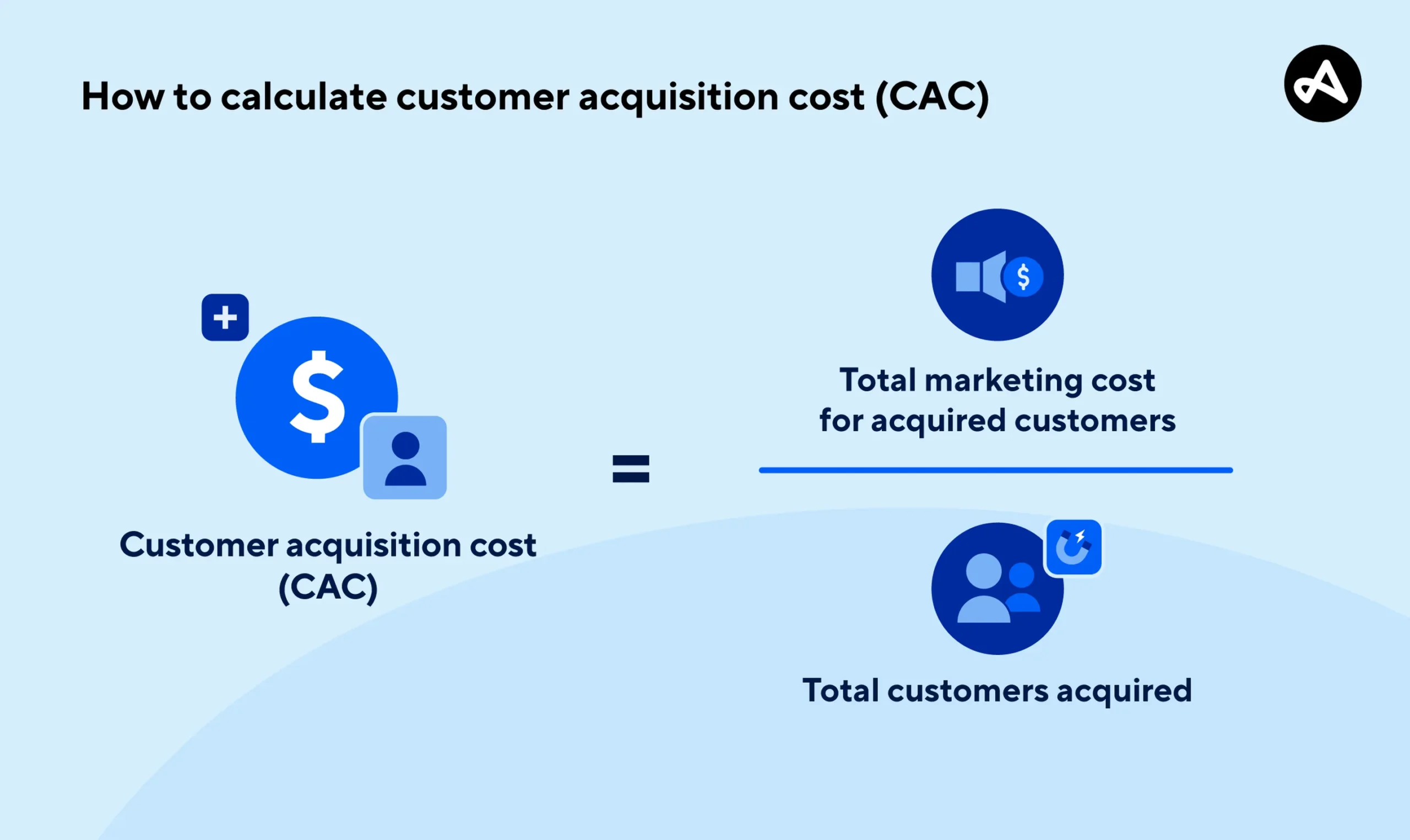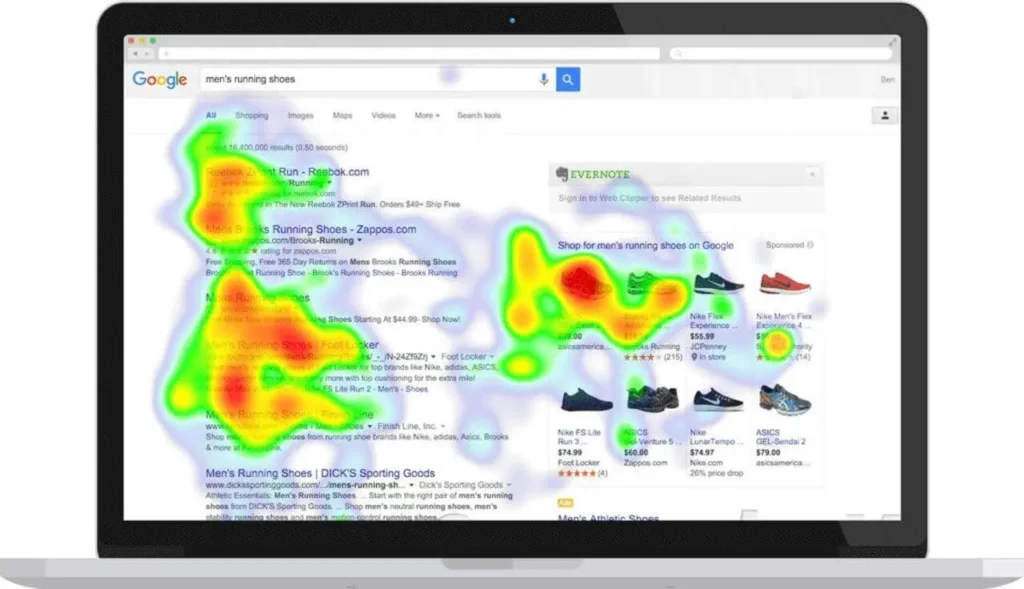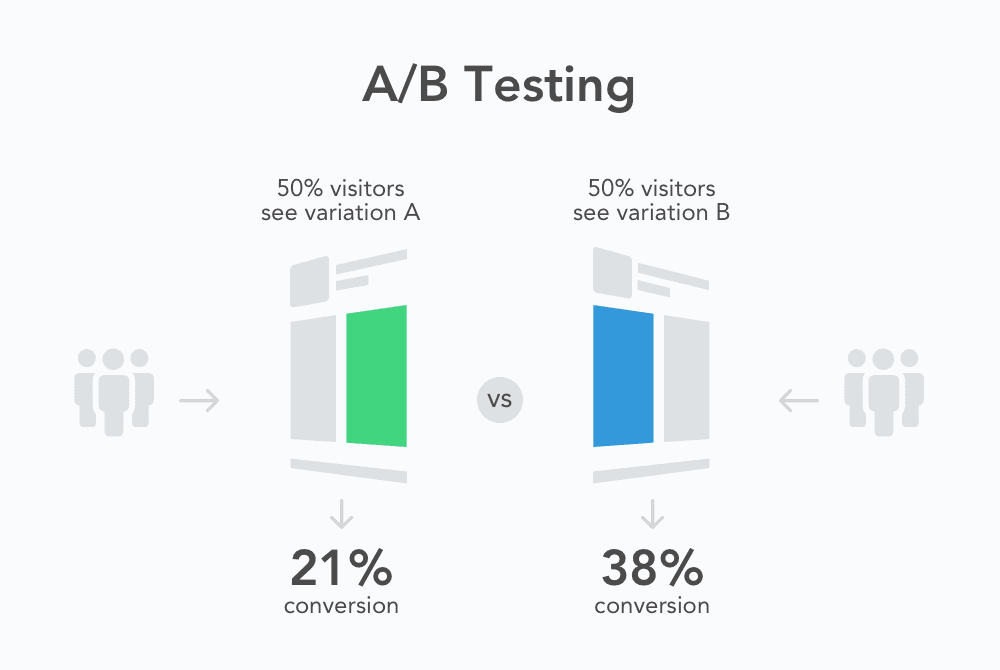In the competitive world of ecommerce, understanding how visitors interact with your online store is crucial to driving sales and achieving sustainable growth. For Sydney-based ecommerce businesses, tracking the right Conversion Rate Optimization (CRO) metrics can provide invaluable insights into customer behavior, website performance, and marketing effectiveness. By focusing on essential CRO metrics, you can identify areas for improvement, optimize the user experience, and ultimately boost your conversion rates. In this guide, we’ll explore the key CRO metrics every Sydney ecommerce store should monitor to unlock maximum growth and stay ahead in the bustling digital marketplace.
1. Understanding Conversion Rate and Its Importance
Conversion rate is one of the most critical metrics for any Sydney ecommerce store aiming to maximize growth. Simply put, the conversion rate is the percentage of website visitors who complete a desired action—whether that’s making a purchase, signing up for a newsletter, or adding items to a cart. Tracking this metric gives you a clear insight into how effectively your website turns casual browsers into paying customers.
Why is conversion rate so important? Because it directly impacts your revenue. A high conversion rate means that your website is successfully guiding visitors through the sales funnel, delivering a seamless user experience, and addressing customer needs effectively. Conversely, a low conversion rate might indicate issues such as confusing navigation, slow loading times, or unconvincing product descriptions.
By understanding your conversion rate and analyzing the factors influencing it, you can make informed decisions to optimize your website’s design, content, and marketing strategies. This ongoing improvement process helps increase sales, reduce customer acquisition costs, and ultimately drives sustainable growth for your ecommerce business in the competitive Sydney market.

2. Tracking Average Order Value (AOV)
One of the most important metrics every Sydney ecommerce store should closely monitor is the Average Order Value (AOV). AOV represents the average amount customers spend each time they place an order on your site. By tracking this metric, you gain valuable insights into customer purchasing behavior and can identify opportunities to increase revenue without necessarily attracting more visitors.
To calculate AOV, simply divide your total revenue by the number of orders within a specific time frame. For example, if your store generated $10,000 from 200 orders in a month, your AOV would be $50. Monitoring this figure over time helps you understand the effectiveness of your marketing campaigns, pricing strategies, and product bundling efforts.
Increasing your AOV can significantly boost your bottom line. Strategies such as offering product bundles, volume discounts, or free shipping thresholds encourage customers to add more items to their carts. Additionally, personalized product recommendations based on browsing history or previous purchases can entice shoppers to explore complementary products.
For Sydney-based ecommerce businesses facing stiff competition, optimizing AOV is a cost-effective way to maximize growth. By focusing on this key metric, you can make data-driven decisions that enhance customer experience, improve profitability, and ultimately drive sustainable success in the bustling online marketplace.
3. Monitoring Cart Abandonment Rate
Monitoring your cart abandonment rate is crucial for any Sydney ecommerce store aiming to maximize growth and boost sales. Cart abandonment occurs when potential customers add products to their shopping carts but leave your website without completing the purchase. This metric provides valuable insight into the shopping experience and highlights potential obstacles that may be preventing conversions. By closely tracking your cart abandonment rate, you can identify patterns or issues such as complicated checkout processes, unexpected shipping costs, or lack of payment options that deter customers from finalizing their orders. Implementing strategies like simplifying checkout steps, offering guest checkout, providing transparent pricing, and sending targeted cart recovery emails can significantly reduce abandonment rates. Ultimately, keeping a close eye on this metric helps you optimize the customer journey, increase conversion rates, and drive higher revenue for your ecommerce store.
4. Analyzing Customer Acquisition Cost (CAC)
Customer Acquisition Cost (CAC) is a critical metric that every Sydney ecommerce store must closely monitor to ensure sustainable growth. CAC represents the total expense your business incurs to attract and convert a new customer. This includes marketing and advertising spend, salaries of sales and marketing teams, software tools, and any other costs associated with customer acquisition efforts. By calculating your CAC accurately, you gain valuable insight into how much you’re investing to bring each customer on board.
To analyze CAC effectively, start by summing all your acquisition-related expenses over a specific period, such as a month or a quarter, and then divide that total by the number of new customers acquired during the same timeframe. For example, if you spend $10,000 on marketing in a month and acquire 200 new customers, your CAC would be $50.
Understanding your CAC allows you to assess the efficiency of your marketing strategies and identify areas for improvement. If your CAC is rising or disproportionately high compared to your average order value or customer lifetime value (CLV), it may indicate that your campaigns need optimization or that you should explore more cost-effective channels. Conversely, a low CAC suggests that your acquisition efforts are yielding good returns.
For Sydney ecommerce businesses facing competitive markets, keeping CAC in check is essential to maximize profitability and scale effectively. Regularly tracking this metric empowers you to make data-driven decisions, allocate your budget wisely, and ultimately grow your store with confidence.
5. Measuring Customer Lifetime Value (CLV)
Customer Lifetime Value (CLV) is one of the most critical metrics for any Sydney ecommerce store aiming for sustainable growth. CLV represents the total revenue a business can expect from a single customer throughout their entire relationship. Unlike one-time sales figures, CLV offers a long-term perspective, helping you understand the true value of your customers beyond their initial purchase.
To accurately measure CLV, start by analyzing your average order value, purchase frequency, and customer retention rate. This data allows you to estimate how much revenue an average customer generates over time. Tracking CLV not only highlights your most profitable customer segments but also guides your marketing and customer service investments. For instance, if you notice that customers acquired through a specific campaign have a higher CLV, you can allocate more budget towards that channel.
Additionally, improving CLV often involves strategies like personalized marketing, loyalty programs, and exceptional post-purchase support — all of which encourage repeat purchases and foster customer loyalty. By consistently monitoring and optimizing CLV, Sydney ecommerce stores can maximize revenue, reduce acquisition costs, and build a strong foundation for long-term success.
6. Utilizing Bounce Rate and Session Duration Insights
When it comes to optimizing your Sydney ecommerce store for maximum growth, understanding visitor behavior through key metrics like bounce rate and session duration is crucial. Bounce rate refers to the percentage of visitors who land on your website and leave without interacting further. A high bounce rate can indicate that your landing pages aren’t engaging enough or that visitors aren’t finding what they expected. By analyzing which pages have the highest bounce rates, you can identify areas that need improvement—whether that’s enhancing your product descriptions, improving page load times, or refining your call-to-action buttons.
On the other hand, session duration measures the average amount of time visitors spend on your site during a single visit. Longer session durations typically suggest that users are engaged, exploring your products, and potentially moving closer to making a purchase. Tracking session duration alongside bounce rate gives you a more comprehensive picture of user engagement. For instance, if your bounce rate is low but session duration is also short, visitors might be quickly skimming content without meaningful interaction.
To make the most of these insights, consider using A/B testing to experiment with different page layouts, content formats, and navigation structures. Enhancing user experience based on bounce rate and session duration data can lead to higher conversion rates and ultimately drive the growth of your ecommerce business. Remember, continuous monitoring and optimization of these metrics will help you stay ahead in the competitive Sydney ecommerce market.
7. Evaluating Add-to-Cart and Checkout Conversion Rates
Evaluating Add-to-Cart and Checkout Conversion Rates is crucial for any Sydney ecommerce store aiming to maximize growth and boost sales. The Add-to-Cart rate measures the percentage of visitors who add products to their shopping cart, offering valuable insights into product appeal and site usability. A high Add-to-Cart rate suggests that your product pages are engaging and your offerings resonate well with your audience. Conversely, a low rate may indicate issues such as unclear product descriptions, poor imagery, or complicated navigation.
Following this, the Checkout Conversion Rate tracks the percentage of users who proceed from adding items to their cart all the way through to completing a purchase. Monitoring this metric helps identify friction points in the checkout process, whether it be unexpected costs, lengthy forms, or limited payment options. By carefully analyzing and optimizing these two key metrics, Sydney ecommerce store owners can enhance the shopping experience, reduce cart abandonment, and ultimately drive higher revenue. Utilizing tools like Google Analytics, heatmaps, and customer feedback can provide deeper insights, allowing you to tailor your strategies for improved conversion rates and sustained growth.

8. Tracking Revenue per Visitor (RPV)
Tracking Revenue per Visitor (RPV) is a crucial metric for any Sydney ecommerce store aiming to maximize growth. RPV measures the average amount of revenue generated from each individual visitor to your website. Unlike conversion rate alone, which only tells you the percentage of visitors who make a purchase, RPV provides deeper insight into the overall value each visitor brings to your business. By analyzing RPV, you can identify not only how well your store converts visitors but also how much each customer spends on average. This allows you to tailor marketing strategies, optimize product offerings, and enhance user experience to encourage higher spending and repeat visits. Monitoring RPV over time helps you spot trends, assess the effectiveness of promotions, and make data-driven decisions that directly impact your bottom line. For Sydney ecommerce stores operating in a competitive market, focusing on RPV is essential to driving sustainable and profitable growth.
If you found this article helpful and need help with your website conversion, contact us for a FREE CRO Audit





